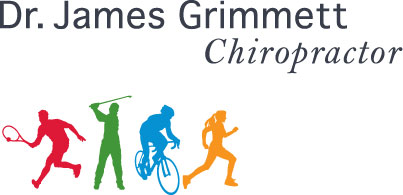Recently I had the opportunity to attend a presentation on neuroplasticity by Dr. Lara Boyd (Canadian research chair in neurobiology of motor learning). Her talk, directed to parents of young children, was about utilizing her and others’ research on helping to optimize learning in children.
All the while of the presentation I was thinking how this was pertinent to how we as adults learn. In particular, how to better learn corrective exercises. I mean really learn good technique and positively improve one’s posture. As simple as it may sound reversing the postural challenges of anterior head carriage or rounded shoulders is rarely accomplished. If you have been advised to bring your shoulders back and stand tall you are likely thinking these words of advice did not work. You would not be alone.
Dr. Boyd presented research on how the brain develops and continues to do so throughout our lives. Her topic was neuroplasticity – the ability of the brain to form and reorganize its structure, especially in response to learning or experience or following injury such as a stroke.
The exciting message is that we keep this neuroplasticity throughout our lives. Yes, even us oldies in our 50s and 60s can still learn and in doing so reshape our brains. Like many parts of our body regeneration occurs but slows down as we age. This also holds true for the brain. For the brain it’s not exactly regeneration but rather the development of neural pathways.
Understanding neuroplasticity certainly applies to corrective exercises. In fact, learning a new physical exercise is an example of neuroplasticity. Our behaviour is very important in how we best learn. I should state here that there can be negative outcomes from new learned behaviours. This is why form/technique is so important. It is not just rehearsing a movement pattern and you are guaranteed the beneficial outcome. The corrective exercise must be practiced with proper form to achieve the desired result.
For neuroplaticity to be harnessed correctly the following points are important to be understood and implemented:
- use it or loose it (you need to physically do the exercise)
- specificity (proper technique)
- repetition (practice, practice, practice. Some tasks may are 10,000 reps while others less or more. This will depend on several factors such as the difficulty of the task)
- intensity (there needs to be motivation. The exercise must be a challenge. If the task is too hard, that is to the point of failure learning does not occur. And contrary if too easy meaning the task is already learned further learning does not occur. Ideally the new skill is a struggle to learn. This struggle or challenge should have a level of frustration to it. This is the zone for learning and with perseverance the desired pattern is learned)
- time matters (less time between practice sessions helps learning. That said, you need adequate recovery time. It’s also important to stop practice before loosing good form)
- age matters (no question a child learns a language easier and better compared to an adult)
A good therapist is able to select an exercise that will be a challenge to the patient. They will be able to put the patient into the zone for learning. Yes, depending on how the individual take a challenge, there will likely be some frustration. And yes, the therapist must be able to cue the patient to achieve correct form. Once practiced enough with the help of the therapist the patient is at the stage to now do the exercise unsupervised. It is now repetition before the new pattern such as better posture is realized.
This may all seem like common sense and I agree but all too common poor technique inhibits the patient from making progress in their rehabilitation.
Remember some level of frustration is a good thing in the learning process.
